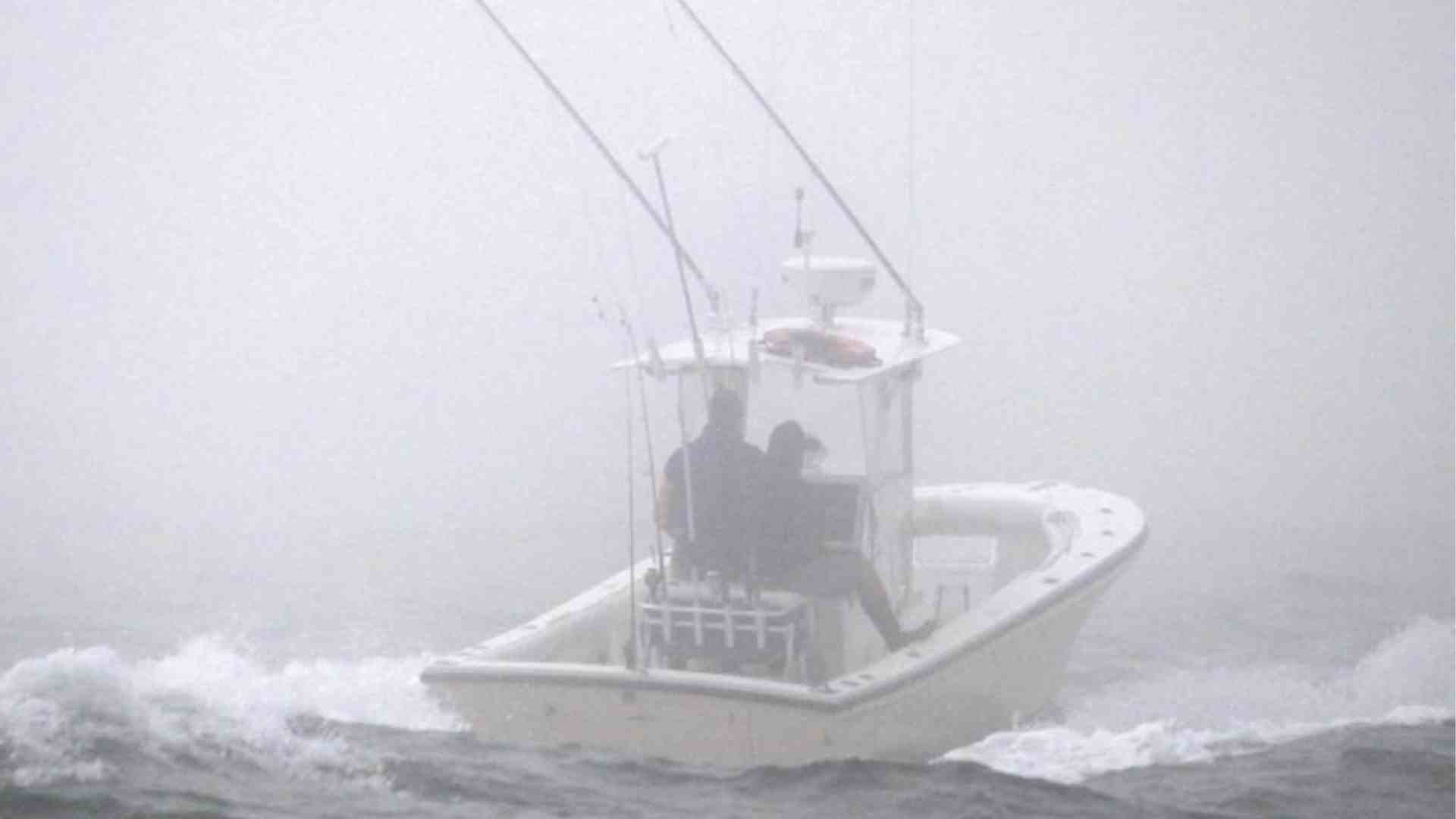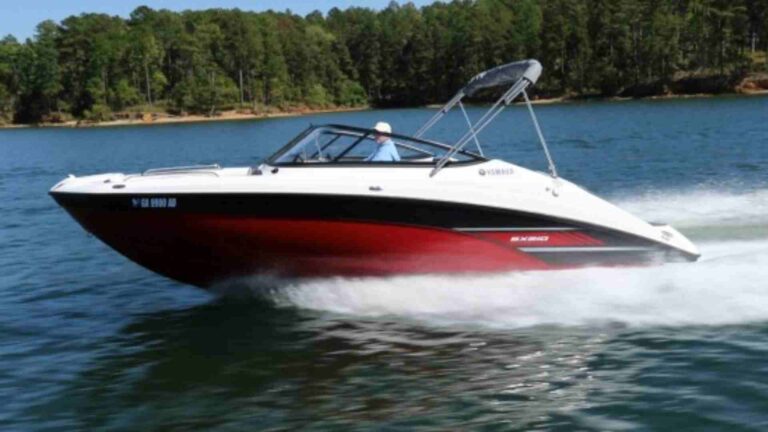10 Tips for Boating in Foggy Conditions
Master boating in foggy conditions with 10 expert tips. Learn to navigate safely using radar, GPS, sound signals, and more for a secure voyage.
Foggy conditions on the water present unique challenges for boaters, from seasoned sailors to weekend enthusiasts. Reduced visibility, distorted sound, and disorientation can turn a routine trip into a hazardous endeavor. According to the National Weather Service, fog is considered dense for mariners when visibility drops below 1 nautical mile, and it can reduce to mere feet, catching even experienced boaters off guard. Yet, with preparation, the right equipment, and careful navigation, you can safely manage foggy conditions. This comprehensive guide provides 10 practical tips to ensure safe boating in fog, blending preparation, navigation techniques, and safety protocols to keep you and your crew secure.
Why Boating in Fog Is Challenging
Fog is more than just a visual barrier. It distorts sound, making it difficult to pinpoint the direction of other vessels or navigational aids. The lack of visible landmarks can lead to disorientation, and even modern electronics like GPS and radar require skill to interpret correctly. The U.S. Coast Guard emphasizes maintaining a safe speed to avoid collisions, but the unpredictability of fog demands a broader strategy. Whether you’re navigating a powerboat or sailboat, these challenges underscore the need for vigilance and preparation.
1. Check the Weather Before You Go
Preparation begins long before you cast off. Always check the weather forecast, focusing on fog predictions. The National Weather Service categorizes visibility as follows:
| Visibility Level | Range (Nautical Miles) |
|---|---|
| Very Poor | Less than 0.5 |
| Poor | 0.5 to less than 2 |
| Moderate | 2 to 5 |
| Good | Greater than 5 |
If dense fog is forecast, consider postponing your trip. Fog can form rapidly due to advection (warm air over cool water) or radiation (cooling land at night), and forecasts may not always predict its onset accurately. Use resources like NOAA Weather Radio for real-time updates on fog formation and dissipation. If fog is already present at the dock, keep your boat secured until conditions improve.
2. Equip and Practice with Electronics
Modern electronics are indispensable in foggy conditions, but they’re only as effective as your ability to use them. Essential tools include:
- GPS/Chartplotter: Tracks your position and course, helping you stay on route even without visual references.
- Radar: Detects vessels, buoys, and landmasses invisible in fog. Models with MARPA (Mini Automatic Radar Plotting Aid) track moving objects, enhancing collision avoidance.
- AIS (Automatic Identification System): Identifies other vessels, especially commercial ships, providing course and speed data. Many recreational boats now carry AIS transponders.
- VHF Radio: Monitors channel 16 for securité calls and communicates with nearby vessels.
Before encountering fog, practice using these tools in clear conditions. For example, adjust radar range settings to distinguish between buoys, boats, and land. Familiarity with your electronics builds confidence and prevents errors during high-stress situations. Ensure your boat is equipped with a radar reflector to enhance your visibility to other vessels’ radar systems.
Recommended Equipment Specifications:
| Equipment | Recommended Features | Approx. Price (USD) |
|---|---|---|
| GPS/Chartplotter | 7-inch display, preloaded charts, Wi-Fi | $500–$1,500 |
| Radar | 24-inch dome, MARPA, 20-mile range | $1,000–$3,000 |
| AIS Transponder | Class B, transmit/receive, NMEA 2000 compatible 0 | $700–$1,200 |
| VHF Radio | Fixed-mount, DSC, waterproof | $150–$400 |
| Radar Reflector | Passive, octahedral, 2m² radar cross-section | $50–$150 |
3. Slow Down to Maintain Control
Reduced visibility demands reduced speed. The U.S. Coast Guard advises maintaining a “safe speed” to avoid collisions, accounting for the possibility of other vessels approaching. Slowing down increases your reaction time and reduces engine noise, making it easier to hear other boats or navigational signals. For powerboats, aim for a speed that allows you to stop within half the visible distance. For sailboats, reduce sail area to maintain control without excessive speed.
Example: In “poor” visibility (0.5–2 nautical miles), a powerboat traveling at 20 knots may need to slow to 5–10 knots to ensure safe stopping distance. Use your judgment based on traffic and conditions.
4. Use Sound Signals Effectively
Sound signals are critical in fog to alert other vessels of your presence. The International Regulations for Preventing Collisions at Sea (COLREGS) specify:
- Powerboat underway: One prolonged blast (4–6 seconds) every 2 minutes.
- Sailboat underway: One prolonged blast plus two short blasts every 2 minutes.
- At anchor: One short blast, one prolonged blast, one short blast, or ring a bell for 5 seconds every minute.
- Drifting: Two prolonged blasts every 2 minutes.
Carry a foghorn or whistle, and ensure it’s loud enough to be heard over engine noise. Listen for signals from other vessels or buoys, and reduce speed if you hear an approaching boat to avoid collisions.
Chart: Sound Signal Workflow

5. Turn On Navigation Lights
Navigation lights are mandatory in fog, regardless of the time of day, as fog qualifies as “restricted visibility” under COLREGS. Running lights (red/green sidelights and white stern light) make your boat more visible to others. If anchored, use an all-round white anchor light. Ensure lights are functional before departure, and carry spare bulbs or LED replacements.
Tip: In dense fog, glare from sunlight filtering through fog can be intense when it begins to clear. Keep sunglasses handy to reduce eye strain.
6. Maintain a Constant Lookout
Assign crew members to act as lookouts, covering all directions (fore, aft, port, starboard). The captain should focus on navigation and electronics, while lookouts scan for vessels, buoys, or obstacles. In thick fog, even a momentary glance at the helm can lead to missing an approaching hazard. Use clear communication to relay observations, such as “Vessel sighted, starboard bow, 100 yards.”
Lookout Assignment Table:
| Position | Responsibility |
|---|---|
| Fore Lookout | Scan ahead for vessels, buoys |
| Port Lookout | Monitor left side for obstacles |
| Starboard Lookout | Monitor right side for obstacles |
| Aft Lookout | Watch wake for course deviations |
7. Leverage Depth Finders and Charts
Your depth finder or fish finder can provide critical positional information. Compare depth readings with your chartplotter or paper charts to confirm your location, especially in coastal areas. For example, a sudden depth decrease may indicate you’re approaching a shoal or shore. Avoid busy shipping lanes, as large vessels may not detect small boats in fog.
Example: If your chart shows a 20-foot depth contour near a channel, and your depth finder reads 18 feet, you may be drifting toward the channel. Adjust course to deeper water.
8. Avoid High-Traffic Areas
Steer clear of shipping lanes, narrow channels, and areas near channel markers. These zones attract traffic, as other boaters may rely on chartplotters to navigate to buoys, increasing collision risk. Set waypoints offset from buoys to avoid crowding. For example, place a waypoint 50–100 yards from a buoy to maintain a safe buffer.
9. Use Compass and Dead Reckoning
When landmarks are invisible, rely on your compass and dead reckoning (estimating position based on course, speed, and time). Cross-check with GPS and radar when possible, but a compass provides a reliable backup if electronics fail. Practice dead reckoning in clear conditions to build confidence.
Dead Reckoning Example:
- Starting position: Known point (e.g., buoy).
- Course: 270° (west).
- Speed: 5 knots.
- Time: 30 minutes.
- Distance traveled: 5 knots × 0.5 hours = 2.5 nautical miles west.
10. Anchor if Necessary
If navigation becomes too risky, anchor in a low-traffic area away from channels. Ensure your anchor is secure, and use sound signals (short-prolonged-short blasts or bell) to alert others. Monitor VHF radio for updates on fog dissipation. In many regions, fog lifts as the day warms, making waiting a viable strategy.
Chart: Decision to Anchor

Additional Considerations for Safe Fog Navigation
Avoid Lobster Gear and Hazards
In areas like coastal Maine, lobster pots pose a significant risk in fog due to their low visibility. Avoid areas with heavy lobster gear, especially when tides pull lines across your path. Carry tools like a shorty wetsuit, mask, flippers, and a shaft razor to free your propeller if entangled.
Communicate with Your Crew
Clear communication with passengers or crew is vital. Brief them on the navigation plan, including safe water directions (e.g., “Safe water to starboard”). Ensure everyone understands their roles, whether monitoring instruments or acting as a lookout.
Practice Makes Perfect
Experienced sailors, like those with decades of fog navigation in Maine, emphasize practicing in clear weather to master fog techniques. Simulate foggy conditions by relying solely on electronics and sound signals during a clear day. This builds confidence and ensures you’re prepared when fog sets in unexpectedly.
The Psychological Aspect
Fog can be disorienting and stressful, but it can also be exhilarating. Navigating successfully through fog is a testament to your skill and preparation. Treat each fog passage as a chance to hone your abilities, and take pride in reaching your destination safely.
Safety First: When to Stay Ashore
The safest option is to avoid boating in dense fog altogether. If visibility is less than 50 yards or heavy traffic is expected, stay at the dock. Unexpected fog may still catch you on the water, but with these tips, you’re equipped to handle it. Always consult U.S. Coast Guard safety guidelines (available at USCGboating.org) for additional regulations and advice.
Conclusion
Boating in foggy conditions demands preparation, vigilance, and the right equipment. By checking the weather, mastering your electronics, slowing down, using sound signals, and maintaining a lookout, you can navigate safely through low-visibility scenarios. Whether you’re avoiding shipping lanes, leveraging depth finders, or anchoring to wait out the fog, these 10 tips provide a roadmap for safe boating. With practice and the right mindset, you can turn a foggy challenge into a rewarding navigational achievement.
Happy Boating!
Share 10 Tips for Boating in Foggy Conditions with your friends and leave a comment below with your thoughts.
Read PWC Fishing Adventures: A Guide for Anglers until we meet in the next article.






